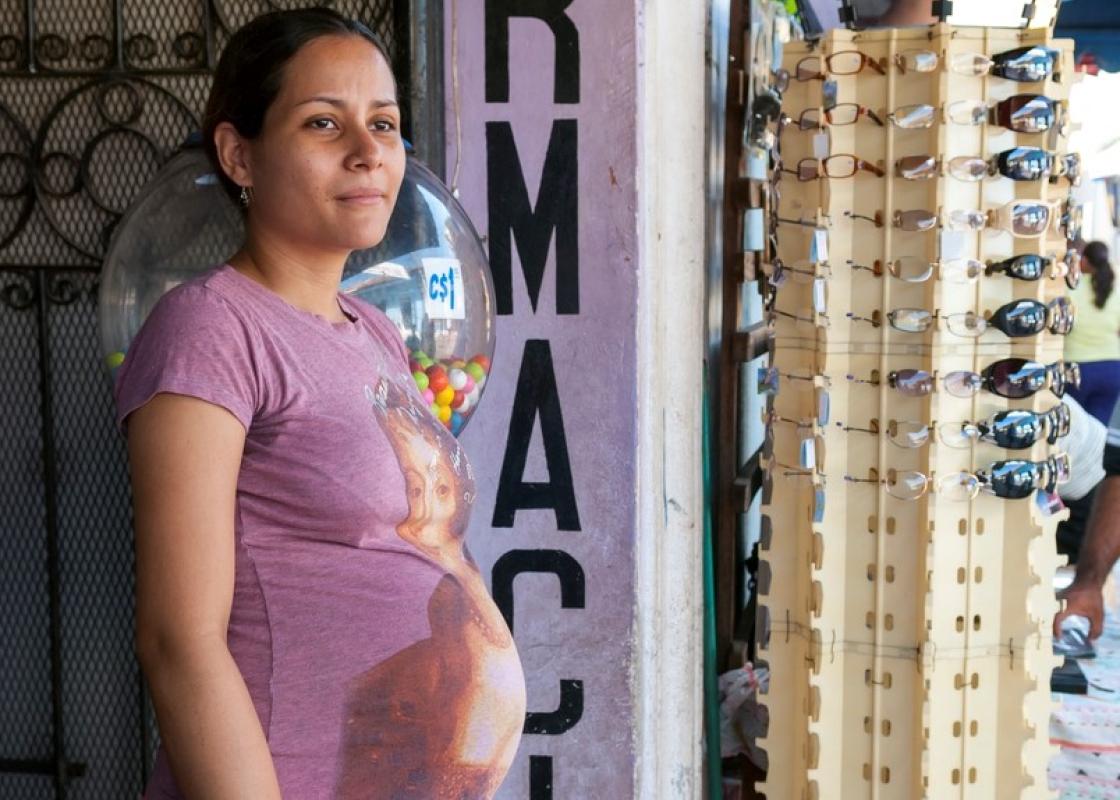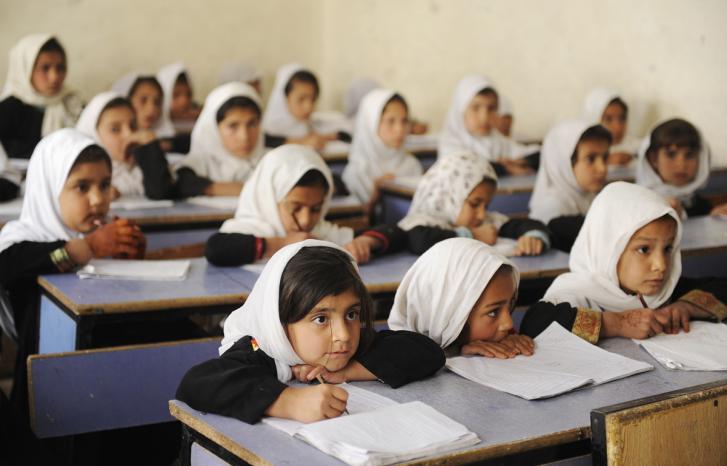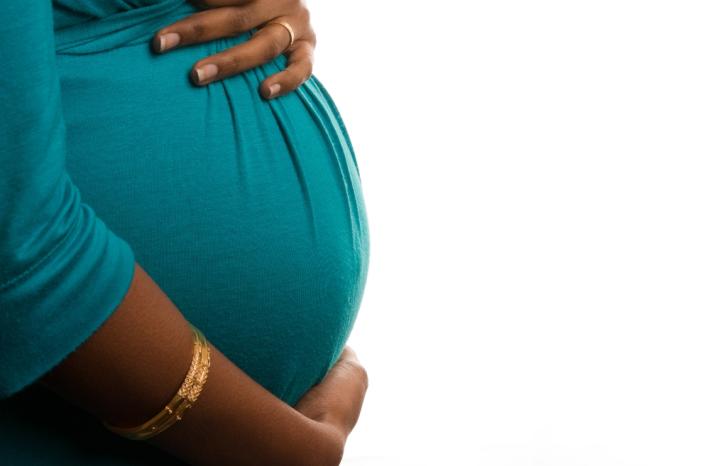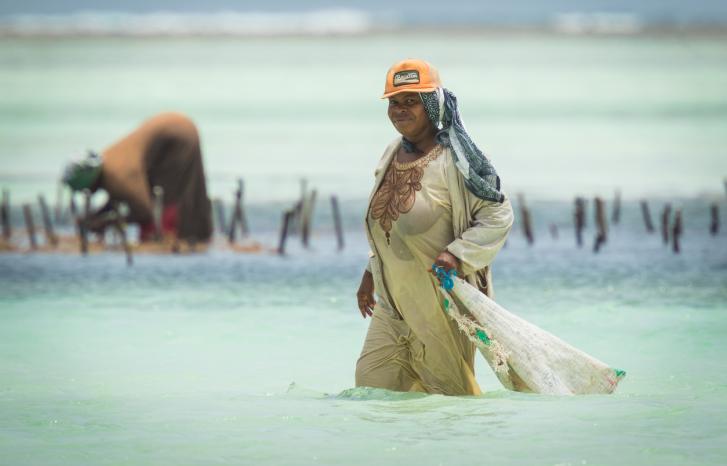In 2006, the socialist party FSLN – Frente Sandinista de Liberación Nacional – took back the power in Nicaragua after sixteen years in opposition. Although the party has defended women’s rights since the Sandinista revolution in 1979, FSLN nevertheless supported the total prohibition against abortion the same year as they won the election.
One of the arguments was that the maternal health would improve with a strengthening of the health care system, and thus ‘therapeutic abortion’ – abortion when the pregnancy threatens the life of the mother – would no longer be necessary.
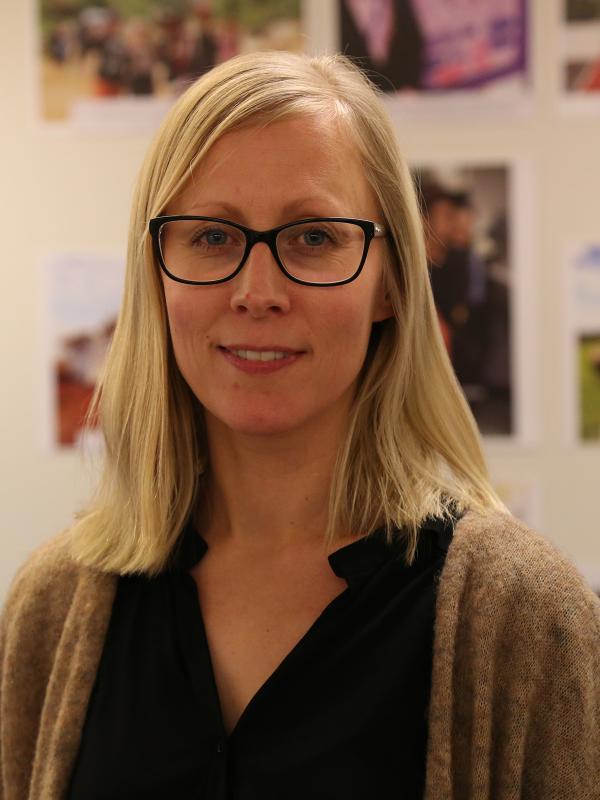
“This is an example of how women’s rights are suddenly not so important anymore when they stand in the way of the Sandinista project,” says Birgit Kvernflaten.
She has written a PhD thesis about the FSLN administration’s measures to prevent maternal mortality in the implementation of the UN’s millennium goals. One of the goals was to reduce mortality among pregnant women and women in labour with three fourths within 2015, and one of the measures was to increase access to professional midwifery.
“In practice, this meant making women give birth in hospital or public health centres rather than at home. When 2015 approached, the maternal mortality had gone down worldwide, but the goal was far from reached,” says Kvernflaten.
“The statistics concealed major differences within the countries. Who were all the women who fell out? I wanted to examine the situation in Nicaragua, since it is so disparate.”
Clash of expectations
Despite the fact that Nicaragua has one of the strictest abortion policies in the world, women’s health is high on the agenda. The Sandinista government has made great efforts to have more people give birth in hospitals, in line with the UN’s millennium goals. Among the poorest twenty per cent of the population, seventy per cent give birth at home, and the goal has been to get these ‘last twenty per cent’ to give birth in an institution.
“Perhaps it has happened too fast. The authorities have done everything in their power to get the women to hospitals, without paying enough attention to what they encounter when they get there.”
Kvernflaten is referring to the quality of the health services. She did her fieldwork in the Matagalpa region, where the maternal mortality is higher than the overall national average, and where many of the women among the ‘last twenty per cent’ live.
Many of the women she spoke to described bad experiences from the hospital, where their expectations clashed completely with the practice of the health personnel. The women were used to giving birth at home in the presence of a traditional midwife, clothed and standing on their knees.
Many associate hospitals with more pain and more uncertainty than home birth.
“For them it felt brutal to be placed on a bench, having to spread their legs to a male doctor,” says Kvernflaten.
Some of the women described the hospital treatment as abuse.
“For instance, they reacted to being cut without being notified in advance, and to being yelled at. This is not unusual in poor societies; several studies show that women are mistreated during labour,” says Kvernflaten.
She emphasises that quality is much more than just the medical treatment the women receive – it is about more than mere survival.
“Another factor that makes the clash of expectations bigger is that the women are often not allowed to bring the food they want into the hospital. For instance, many used to drink a special drink that is believed to increase the mother's milk production for nursing. This was suddenly refused.”
Prefer childbirth at home
The doctors and nurses at the hospitals look after several women at the same time, and the woman in labour is left to herself. With a traditional midwife, the woman has someone with her the entire time.
“Many associate hospitals with more pain and more uncertainty than home birth. If they also have to walk for four hours to get to the hospital, it appears more rational to stay at home.”
For many of the women, getting to the hospital is a major challenge in itself. They often live far away, at places without transport or proper roads. And it is often difficult for them to leave the house, as they are responsible for children or livestock, or their husband won’t allow it, or they can’t afford it.
“Most of the women are fine giving birth at home, since most births happen without serious complications. But complications may nevertheless occur sudden and unexpectedly. Therefore, in almost all instances, it is safer to be in hospital with professional obstetric aid, and it is serious when women are scared away from the institutions,” says Kvernflaten.
“Giving birth is highly experiential. If you have had a bad experience, the threshold for going to hospital becomes even higher, even if you’ve just heard about others’ experiences.”
According to Kvernflaten, more emphasis has been placed on ‘parto humanizado’, humanitarian birth, the last years.
“This has to do with taking the women’s preferences into consideration, to let them give birth in the position they want, and to let them eat what they want in hospital. It would be interesting to study whether this is actually practiced on the women’s own terms.”
Followed by brigadists
The brigadists are the connecting link between the health authorities and the women in the rural areas. The tradition with health brigadists originates from the Sandinista revolutionary structure in the eighties. In line with this tradition, a voluntary person of trust in each community is trained to perform basic health assignments.
“For instance, the brigadists are supposed to count the number of pregnant women, follow them up and make sure they get to hospital or the public health centre when the birth begins,” says Kvernflaten.
“The health system in itself does not have enough capacity to reach out to all the communities, and they are therefore completely dependent on having a person in each community in order to follow up on everyone.”
But many of the brigadists struggle with their responsibility and feel enormous pressure.
“They consider it their responsibility if a woman fails to get to hospital, and in the worst case scenario dies in childbirth,” she says.
FSLN has managed to reduce the maternal mortality in Nicaragua, but I doubt that the figures are as low as they say they are.
“Moreover, it is difficult for them to persuade women to go to hospital when they cannot be sure to get good treatment.”
The brigadists are not paid, they report that they receive little recognition, and they feel exploited by the authorities. They also receive very little support to enable them to do their job properly.
The brigadists want small things such as an ID card or a t-shirt to feel that they are part of the system and that they are valued, Kvernflaten explains.
“The unbalanced focus on getting women to hospital places enormous pressure on the brigadists. It takes time to build a strong health system, FSLN is working on it, and things are going in the right direction, but this immense effort to get women to the institutions is coming too soon.”
Figures more important than quality
This unbalanced focus on getting women to hospital is connected to how the UN’s millennium goals are formulated. Although the indicator of progress was the share of women who give birth with professional assistance, it was easier to concentrate on the number of hospital births. It is much easier to count how many come to hospitals to give birth than measuring the quality of the hospital itself.
“This focus on figures wasn’t intended, but it is a prioritising that provides quick and visible results,” says Kvernflaten.
It is also connected to Nicaragua’s relationship with international development institutions and development aid organisations. For instance, Nicaragua has received funding from the Inter-American Development Bank (IDB), which has specifically focused on reducing maternal mortality, and one of their indicators is the number of women who give birth in institutions.
“Both the emphasis on reaching the millennium goals and the fact that the development aid funding is based on performance have probably resulted in the high prioritising of hospital births.”
Kvernflaten emphasises that there is no quick fix when it comes to maternal mortality, and that the counting overshadows important challenges.
“Reducing maternal mortality does not happen overnight. It requires a strengthening of the health system, both the primary health services and the access to more comprehensive medical aid in cases of serious complications,” she explains.
“They may of course reduce some casualties by getting the women to the health institutions, as some help may be better than nothing. But in order to achieve a more permanent reduction, we need a good overall health system in which women feel well looked after in general and hospitals they want to come back to.”
Difficult to get access
According to the authorities’ official figures, forty-nine women died per every 100.000 live births in Nicaragua in 2012, when Kvernflaten did her fieldwork. The researcher believes there are some major hidden statistics behind the official figures.
“FSLN has managed to reduce the maternal mortality in Nicaragua, but I doubt that the figures are as low as they say they are.”
When the UN, the World Bank and the World Health Organization sat down with an investigation team on maternal mortality, they arrived at the number 150 in 2015.
But it is also extremely difficult to measure maternal mortality, and many deaths are not included.
“If their figures are correct, the reduction has been minimal within the same period as FSLN claims a strong reduction in maternal mortality. But it is also extremely difficult to measure maternal mortality, and many deaths are not included,” says Kvernflaten.
“Many Nicaraguan journalists have dug into this and come up with actual names and addresses of women who were not included in the official statistics who have died as a direct cause of childbirth.”
It has been difficult for Kvernflaten to get access to information about how the authorities estimate maternal mortality. The same applies to figures related to abortion.
“They keep their cards close to their chest, and at the same time the organisations are not allowed to make their own investigations. None other than the authorities are allowed to analyse or make estimations, at least not within my field of work.”
See also: Shorter waiting time and earlier abortions due to abortion pill
More sustainable goals
In 2015, the UN’s millennium goals were relieved by the seventeen new sustainable goals, which aim to reduce global maternal mortality to less than seventy per 100.000 live births within the year 2030. In her PhD thesis, Kvernflaten concludes that the millennium goals have resulted in an exaggerated emphasis on hospital births in Nicaragua – a prioritising that has not necessarily benefited the poorest women in the country, ‘the last twenty per cent’.
“The new goals are broader, and more effort is put into gender equality. The same indicator concerning the share of women who give birth with professional obstetric aid is also included in the sustainable goals,” she says.
“But a lot of research literature has argued that the effort to improve the quality of the healthcare must increase now that the share of women who give birth in hospitals has increased. It is very early to say, but let’s hope it has some effects.”
Translated by Cathinka Dahl Hambro.
Birgit Kvernflaten recently defended her PhD thesis Maternal health at the margins: From global policies to local realities in rural Nicaragua at the University of Oslo 29 January 2018.
